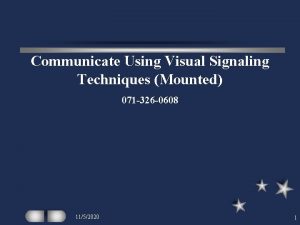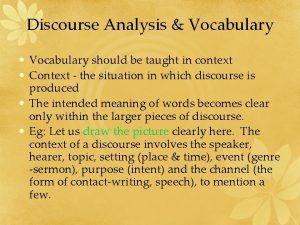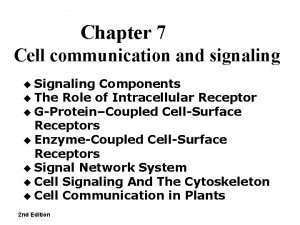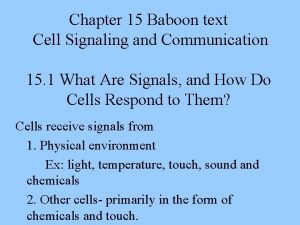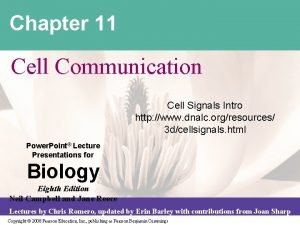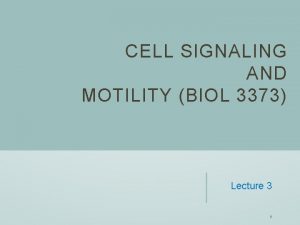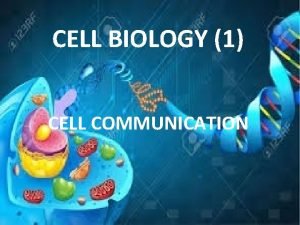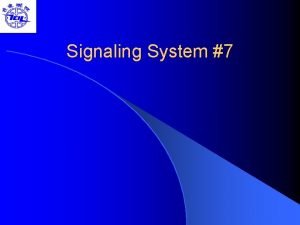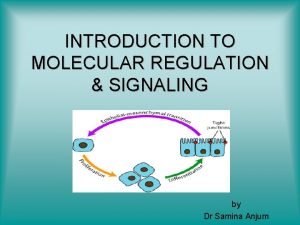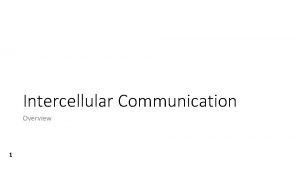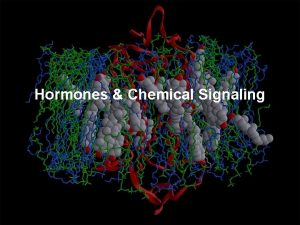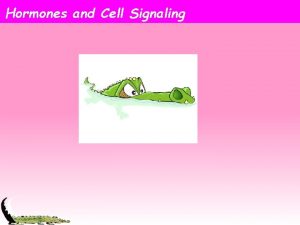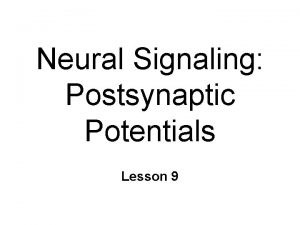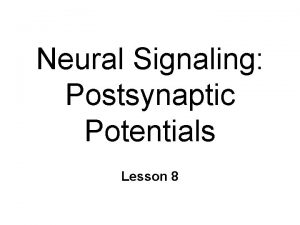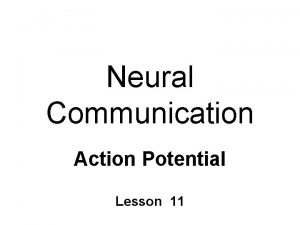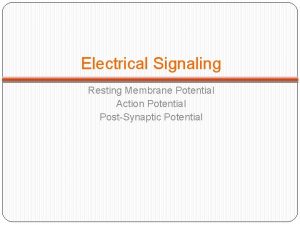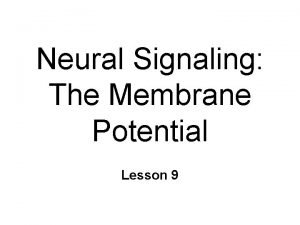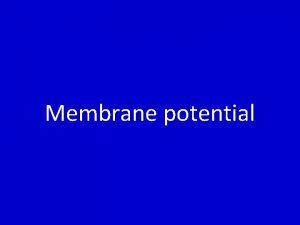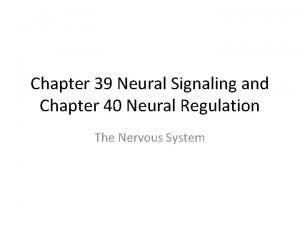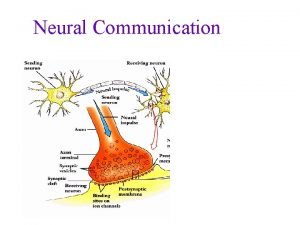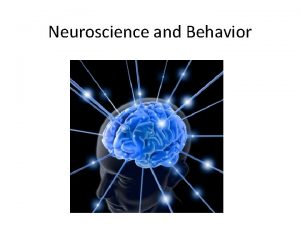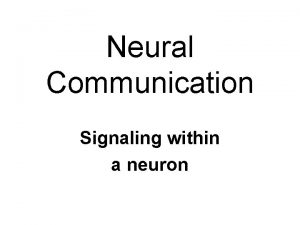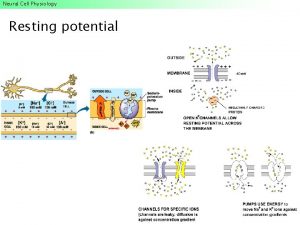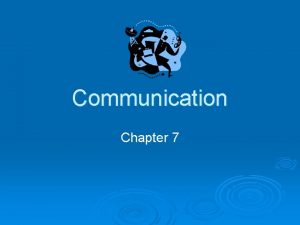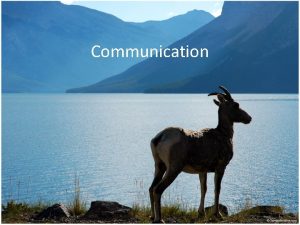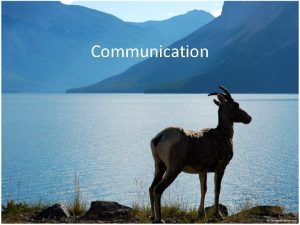Neural Communication Action Potential Lesson 10 Neural Signaling























- Slides: 23

Neural Communication: Action Potential Lesson 10

Neural Signaling: Axon Action Potentials l propagated electrical signal l regenerated n Large & rapid changes in Em l depolarization l repolarization ~ n

Action Potentials Electrically-gated channels l or voltage-gated n Characteristics l all-or-none l relatively slow l non-decremental ~ n

Threshold of Excitation also: threshold potential n Triggered at axon hillock l point of decision l integration n Threshold potential l Depolarization; l approximately 10 m. V l EPSPs AP ~ n

+40 0 Em -60 -70 -80 Time

+40 0 Em C & E gradients drive Na+ into cell Depolarization Na+ influx -60 -70 -80 Time

Na+ + K+

Na+ + K+

+40 0 Repolarization K+ efflux Em -60 -70 -80 Time

Na+ + K+

Na+ + K+

+40 0 Afterhyperpolarization Em -60 -70 -80 Time

Refractory Period n After AP l time-out l prohibits or resists AP l absolute & relative ~

Refractory Period Absolute refractory period l Na+ channels deactivate l will not trigger AP l must reset l one-way transmission of signal n Ball & Chain Model ~ n

Na+ channel deactivation

Na+ channel deactivation

Refractory Period n Relative refractory period l during after-hyperpolarization l requires greater depolarization to reach threshold ~

Frequency Code Intensity of stimulus l frequency of APs l Pattern n Type of stimulus l Brain area that receives signal l Visual, auditory, pain, etc. l Doctrine of Specific Nerve Energies ~ n

FREQUENCY CODE Weak stimulus 1. Moderate stimulus 2. Strong stimulus 3.

Saltatory Conduction Myelinated neurons l oligodendrocytes & Schwann cells n Long distances transmission l APs relatively slow, regenerates l EPSPs - fast, decremental n Saltatory: combines both types of current l speed without loss of signal ~ n

Saltatory Conduction Nodes of Ranvier l action potentials l no myelin n Myelinated portions l passive current l decremental but triggers AP at next node ~ n

Saltatory Conduction Nodes of Ranvier

PSPs n n Graded l. Summation longer duration l 10 -100 msec chemical-gated passive spread linstantaneous ldecremental vs APs n All-or-none n short l 1 -2 msec voltage-gated propagated lslow lnondecremental n n
 Vehicle ground guide hand signals
Vehicle ground guide hand signals Graded potential vs action potential
Graded potential vs action potential Graded potential and action potential
Graded potential and action potential Graded potential
Graded potential Difference between action and graded potential
Difference between action and graded potential Saltatory conduction
Saltatory conduction Source of bioelectric potential
Source of bioelectric potential Hypopolarization
Hypopolarization Rocuronium dose
Rocuronium dose Axon hillock
Axon hillock Action potential resting potential
Action potential resting potential Signal phrases
Signal phrases Discourse analysis and vocabulary
Discourse analysis and vocabulary Discourse analysis and vocabulary
Discourse analysis and vocabulary Cell communication types
Cell communication types 3 types of cell signaling
3 types of cell signaling Chapter 11 cell communication
Chapter 11 cell communication Three stages of cell signaling
Three stages of cell signaling Ligand signaling molecule
Ligand signaling molecule Signaling system 7
Signaling system 7 Autocrine and juxtacrine signaling
Autocrine and juxtacrine signaling Juxtacrine communication
Juxtacrine communication Chemical signaling
Chemical signaling Exocrine cell signaling
Exocrine cell signaling
